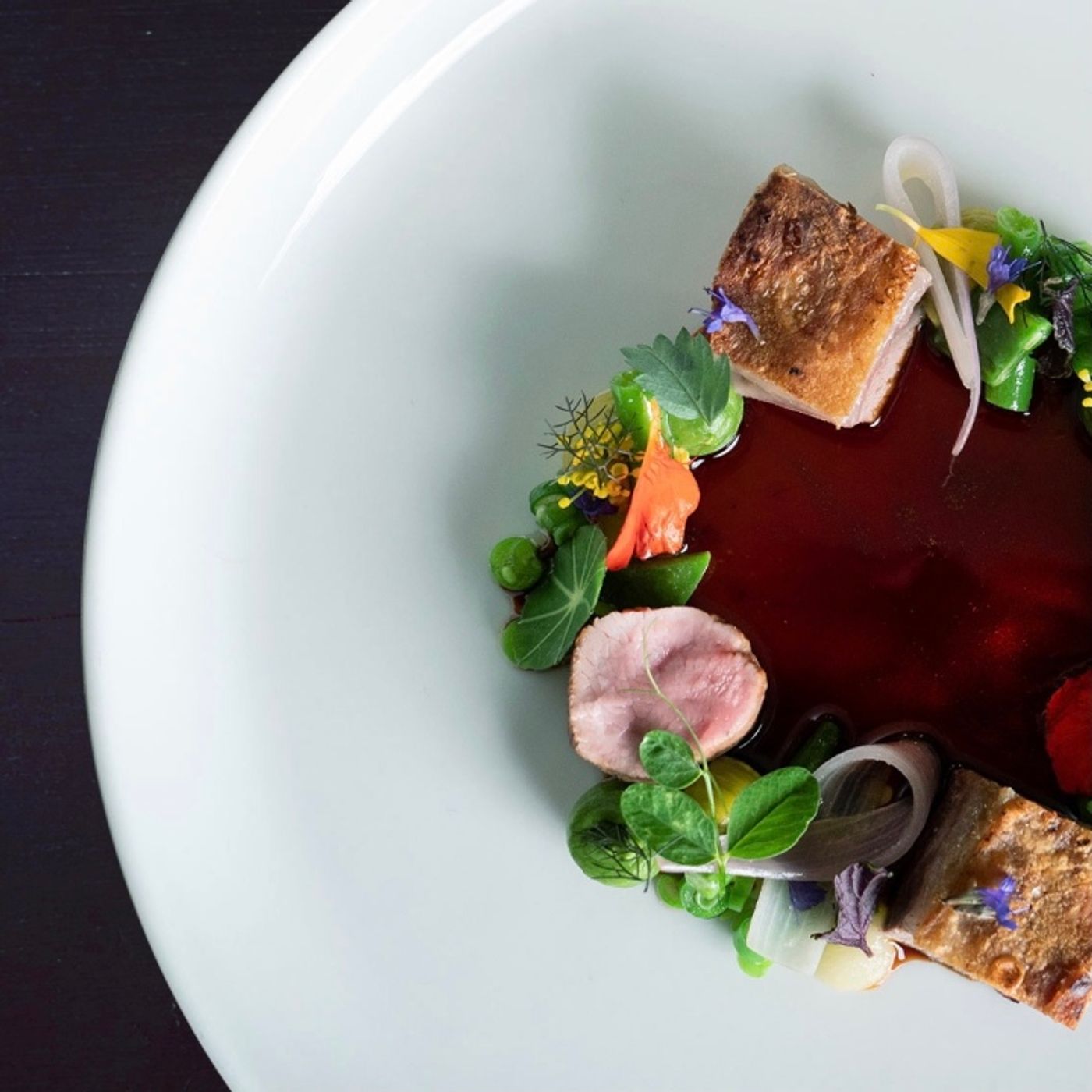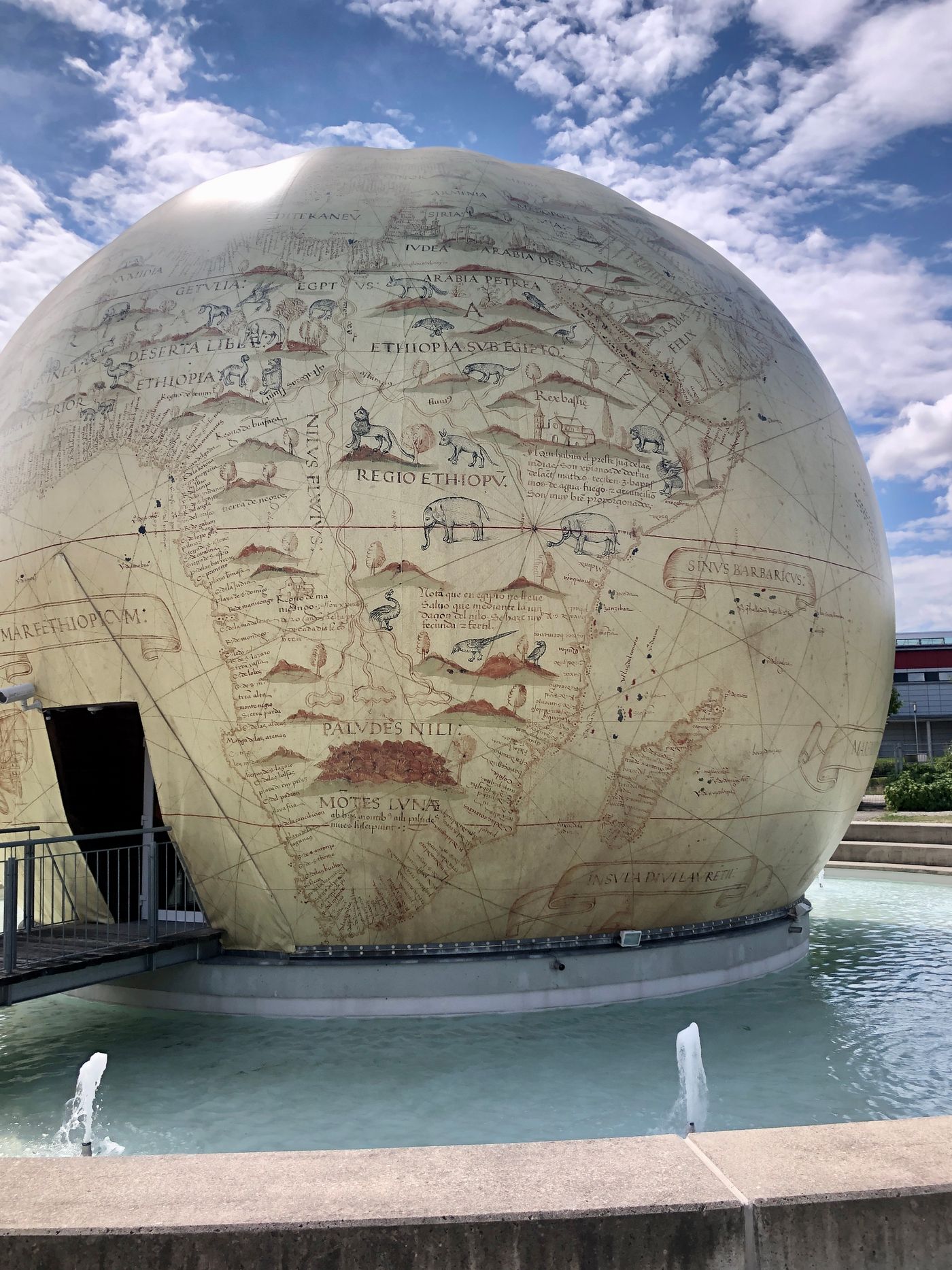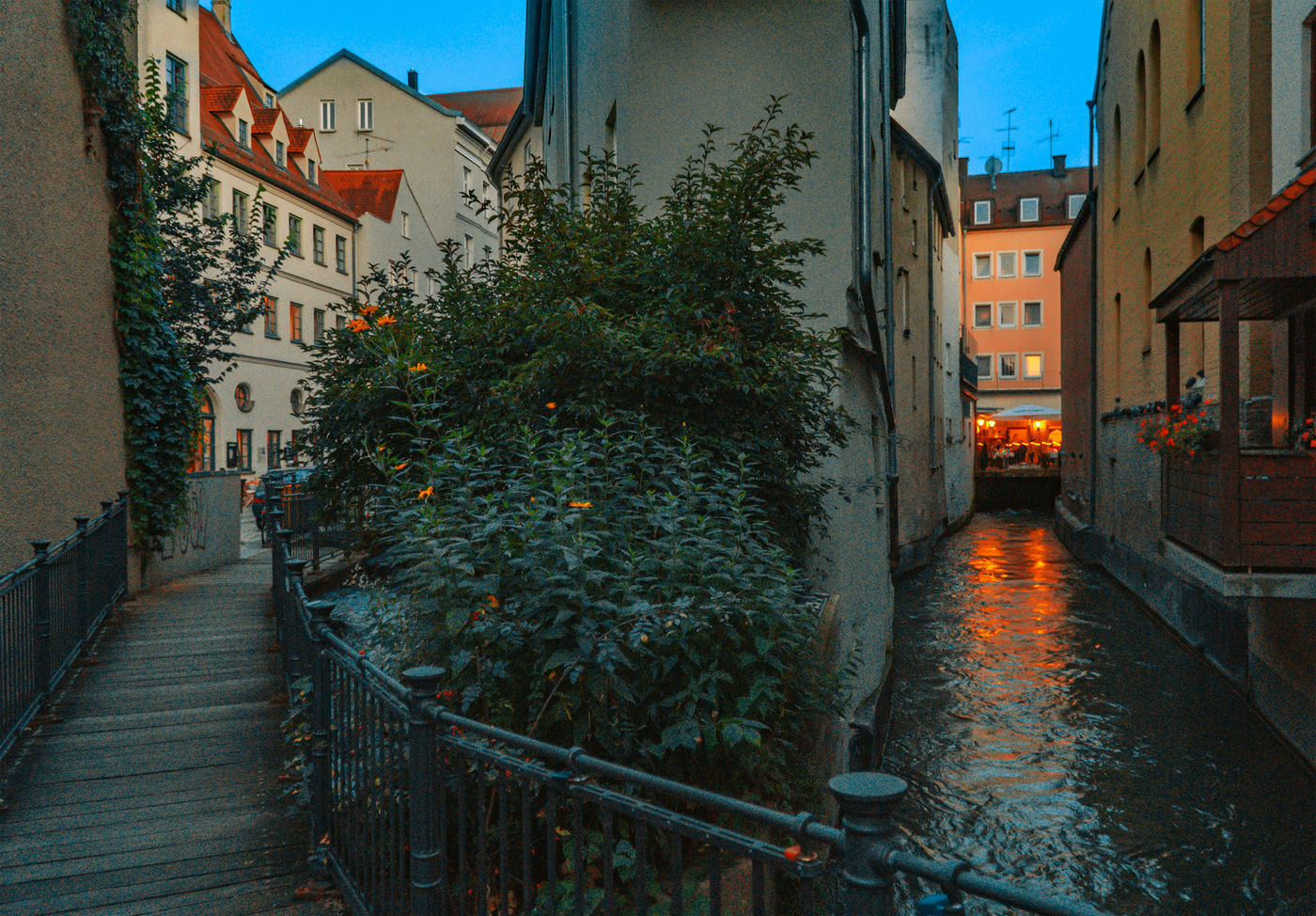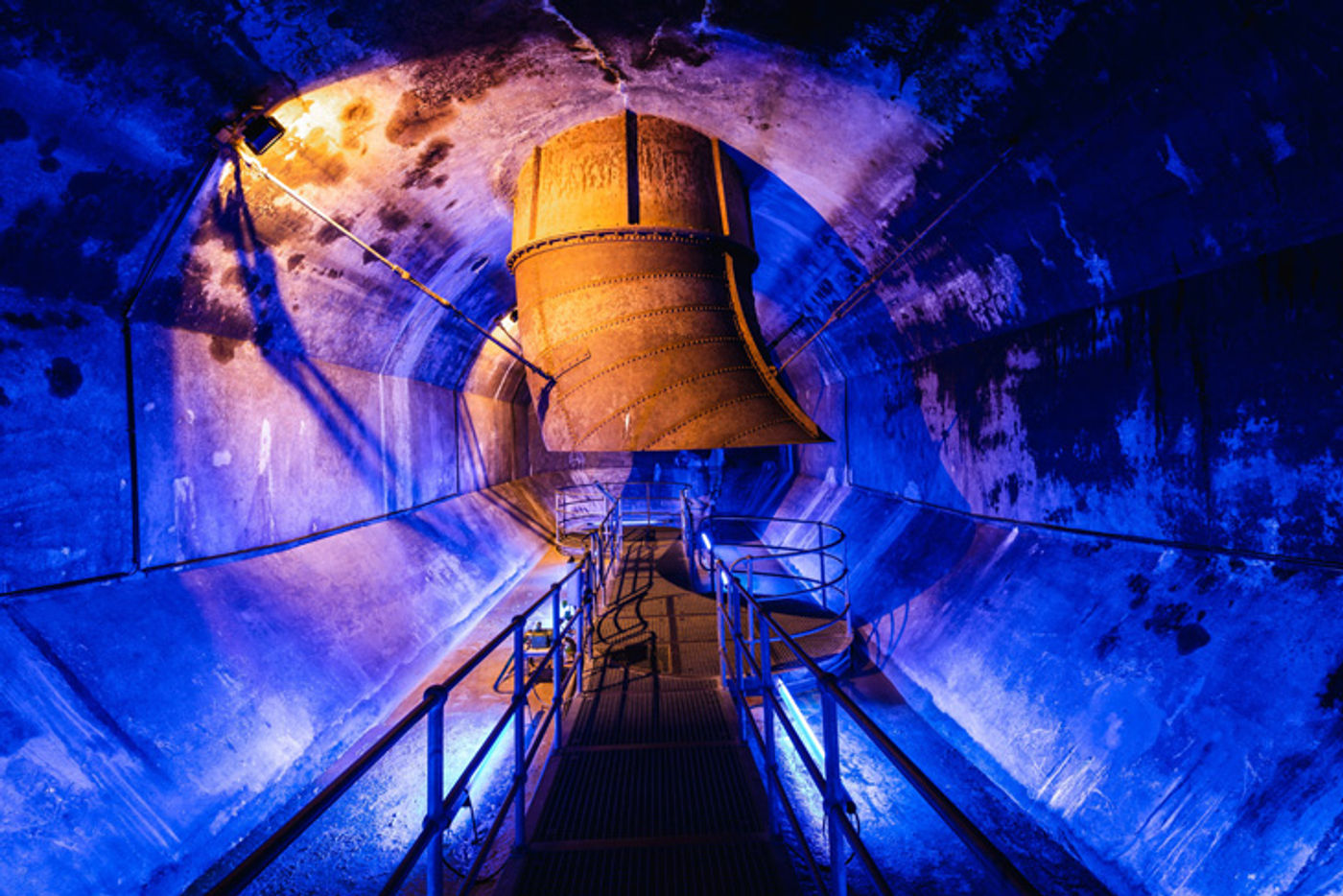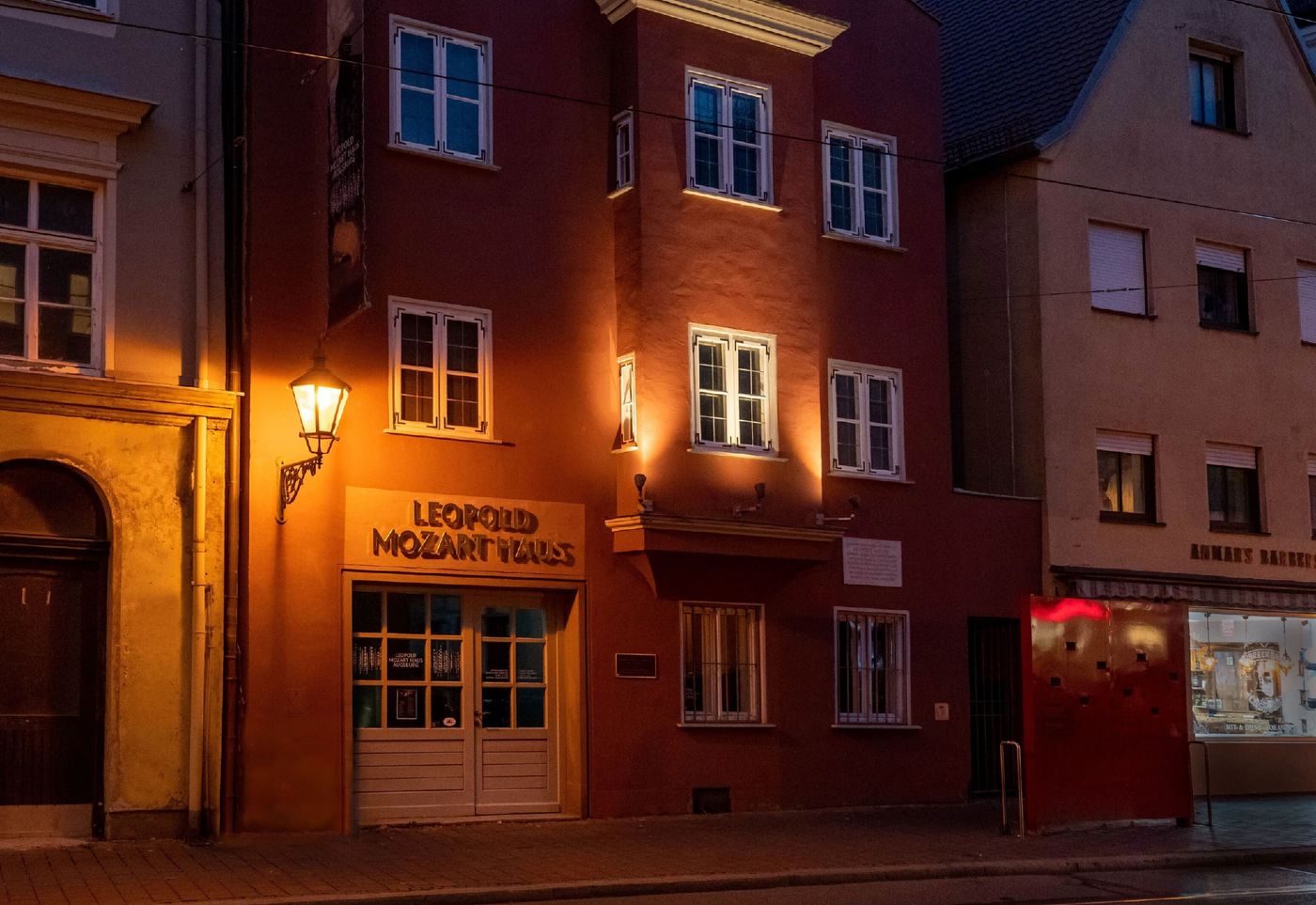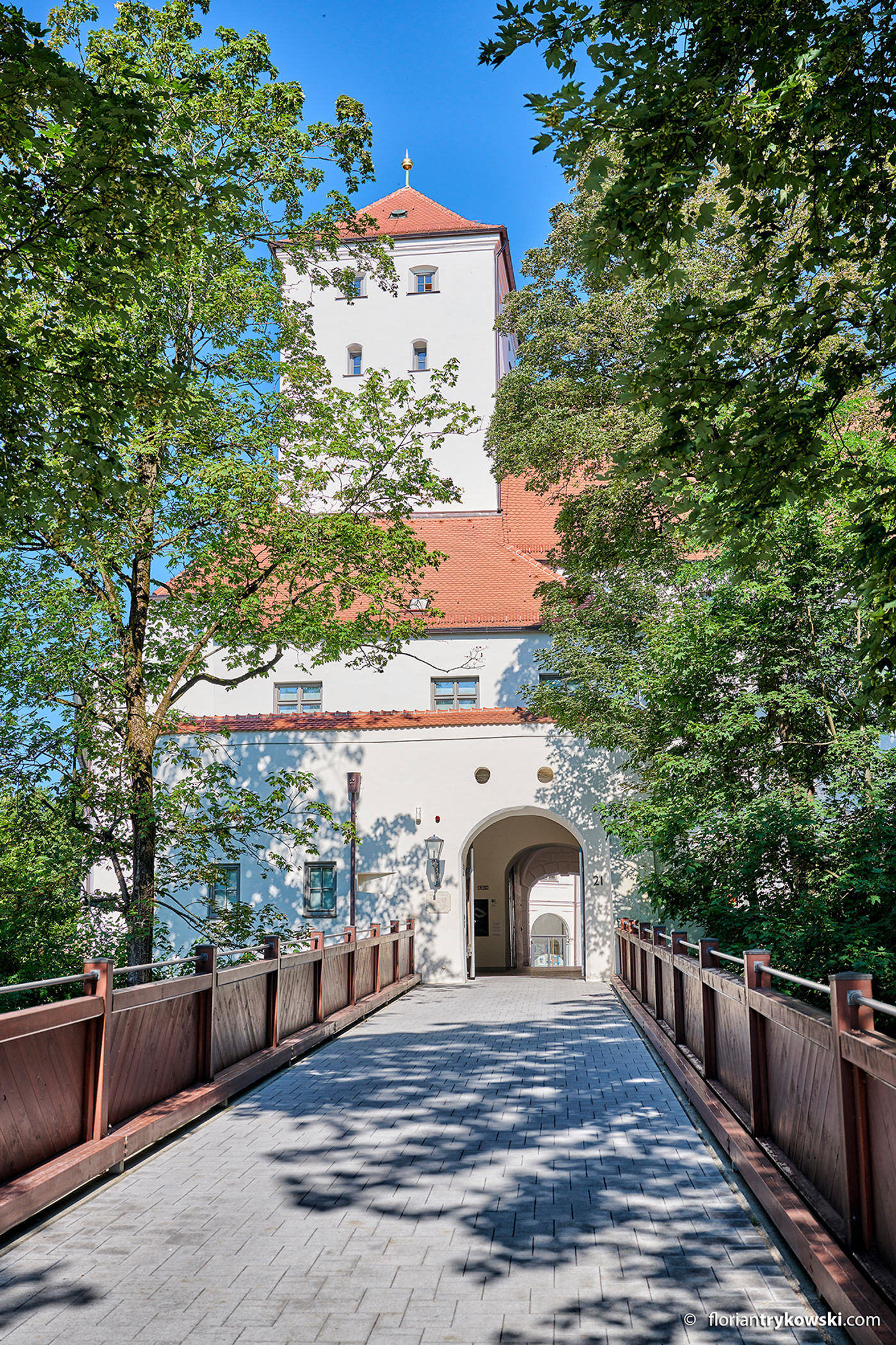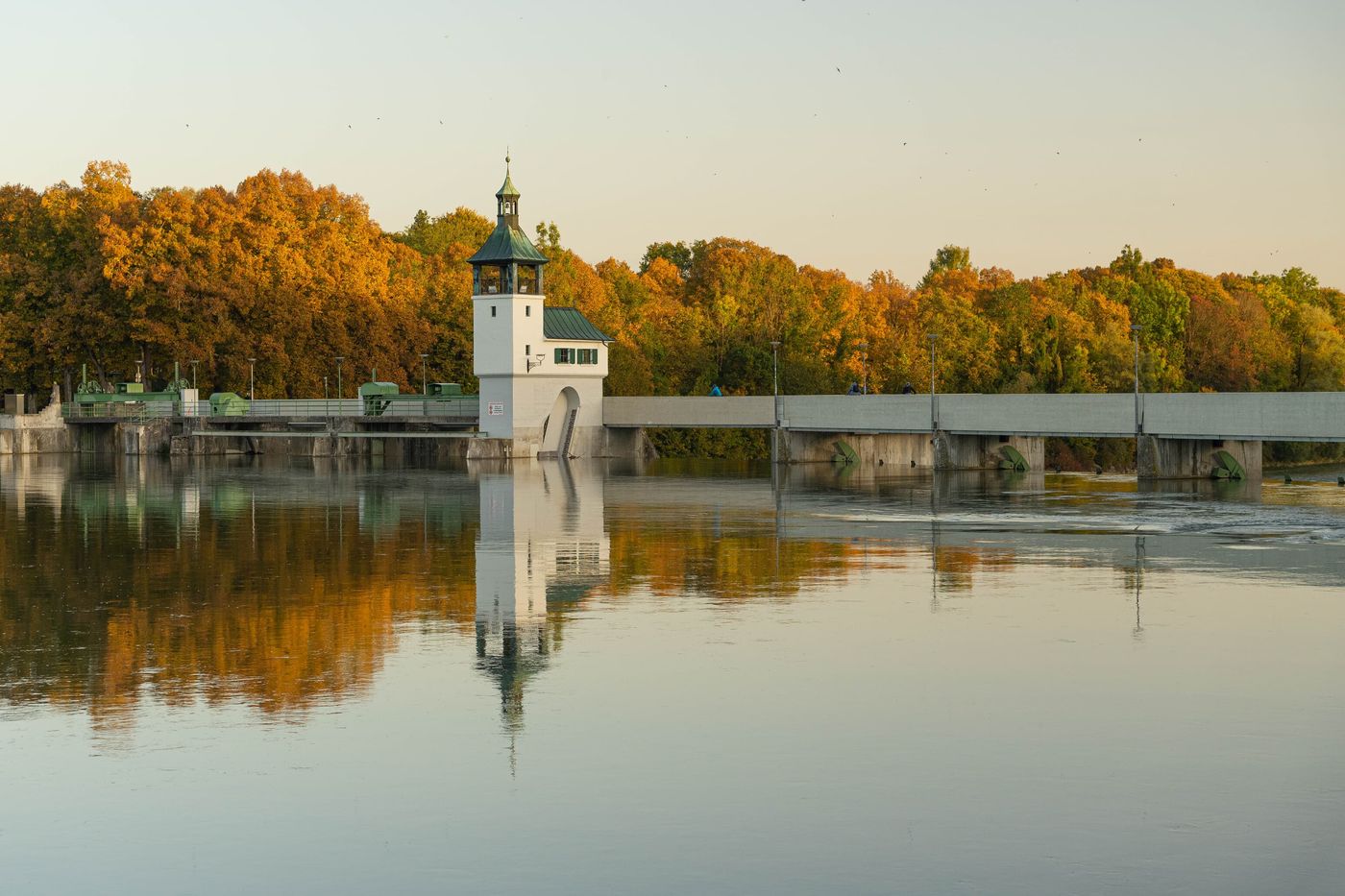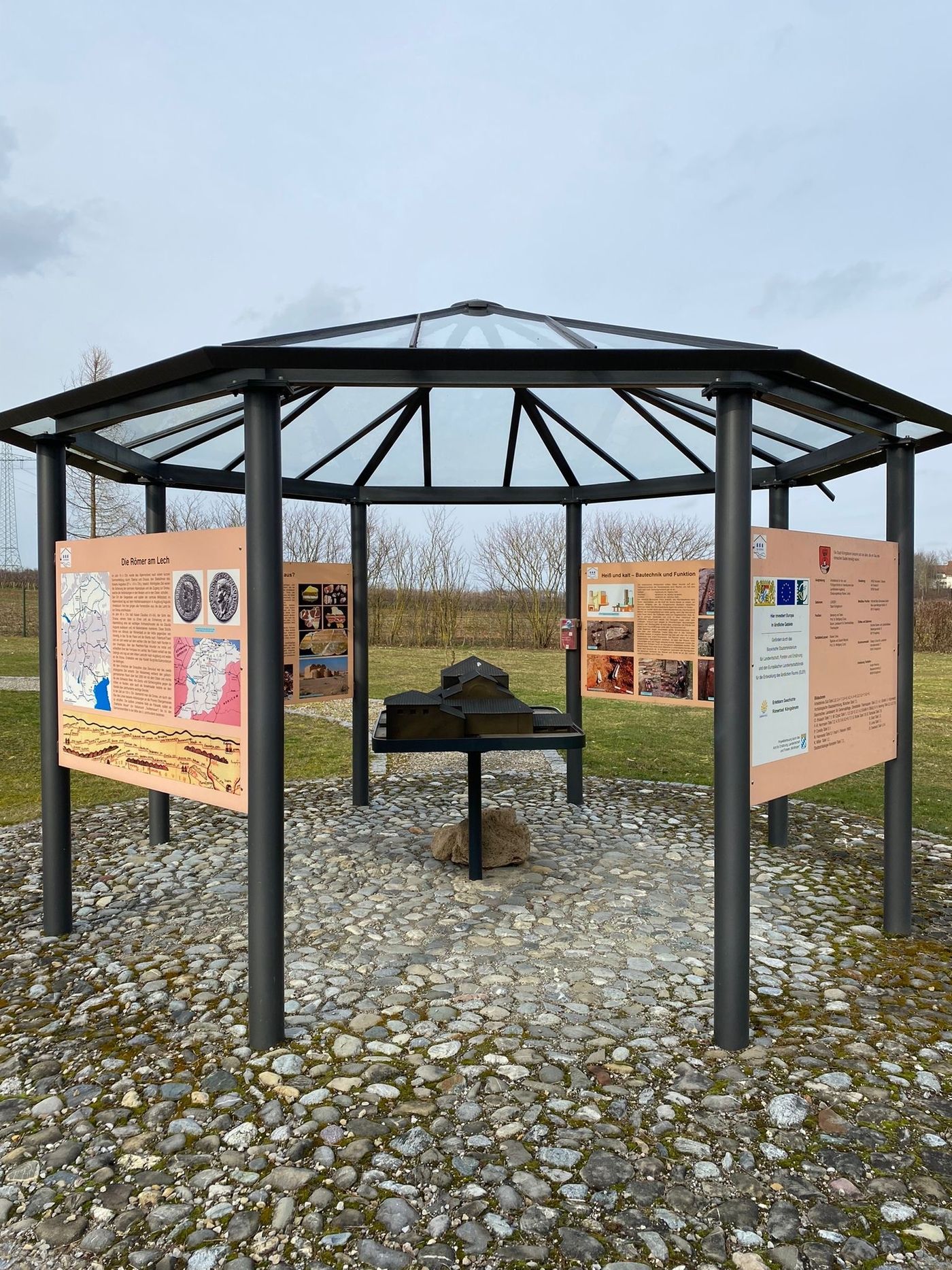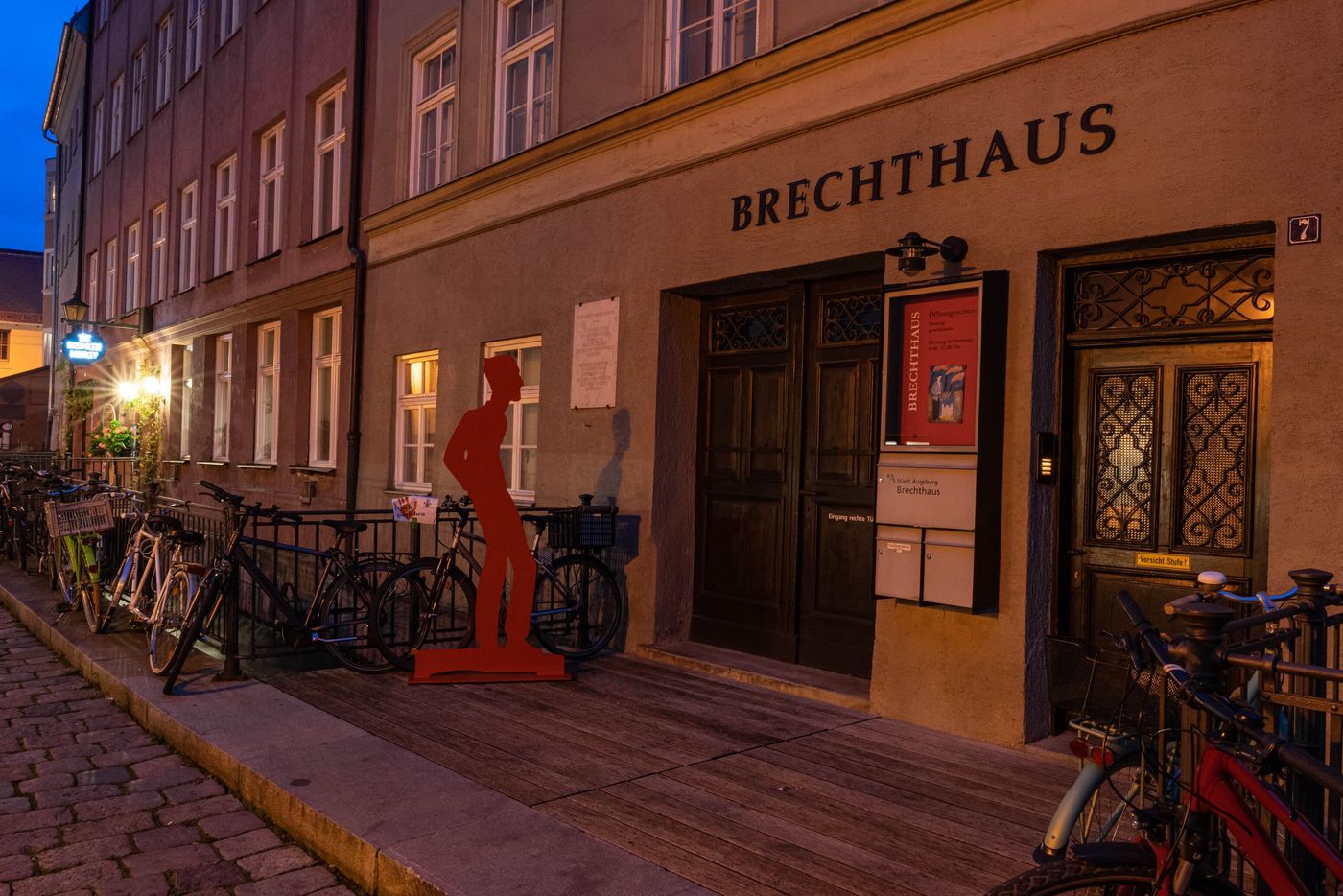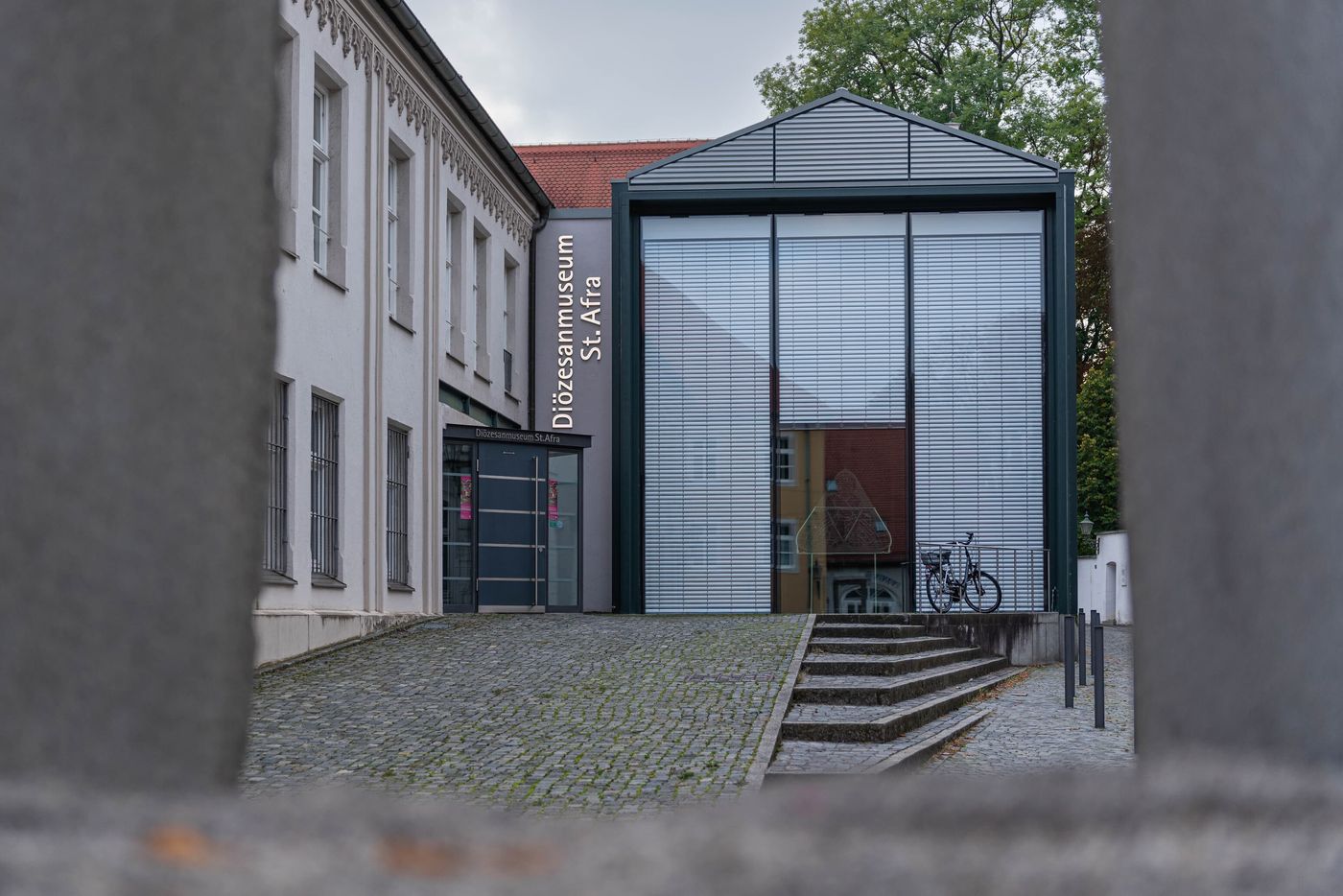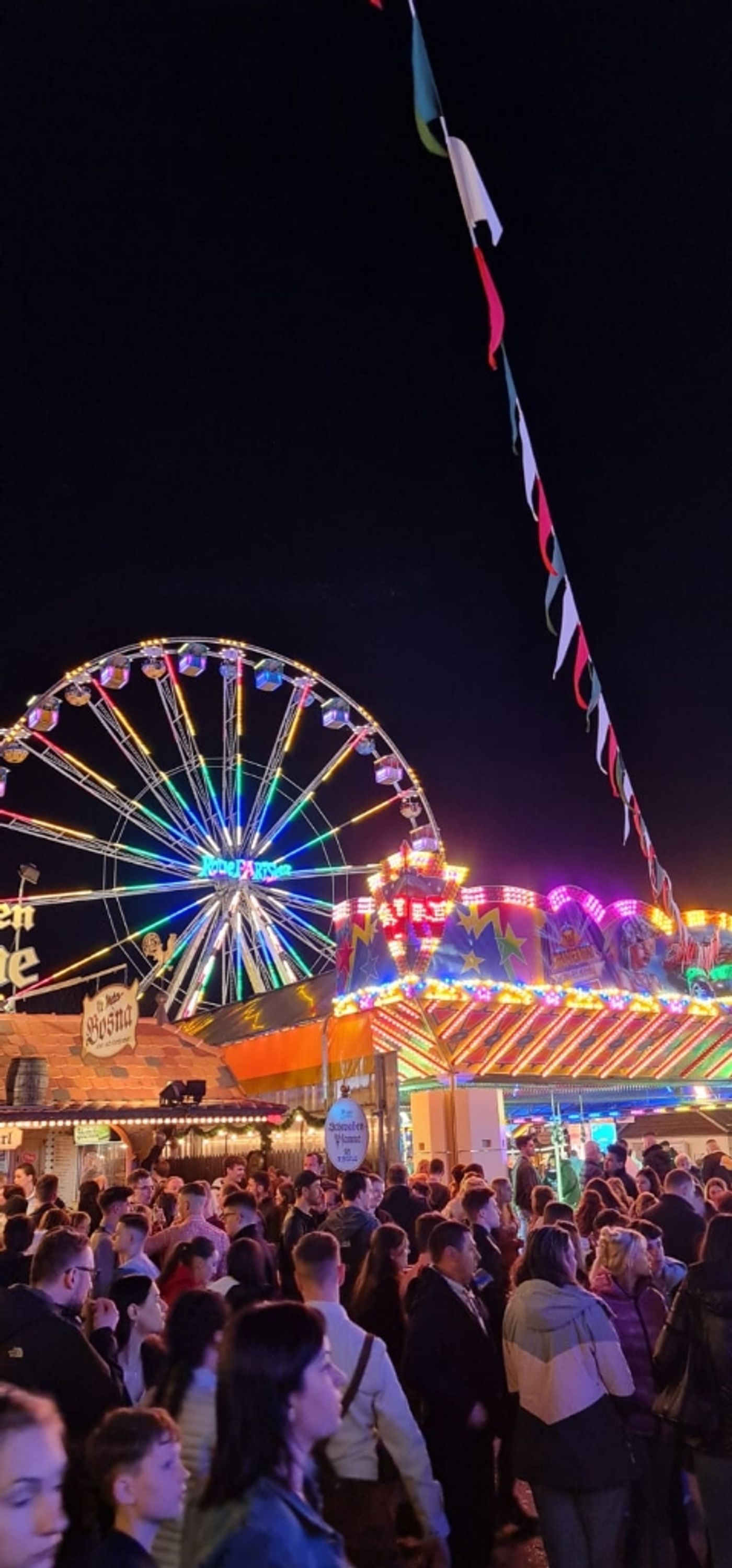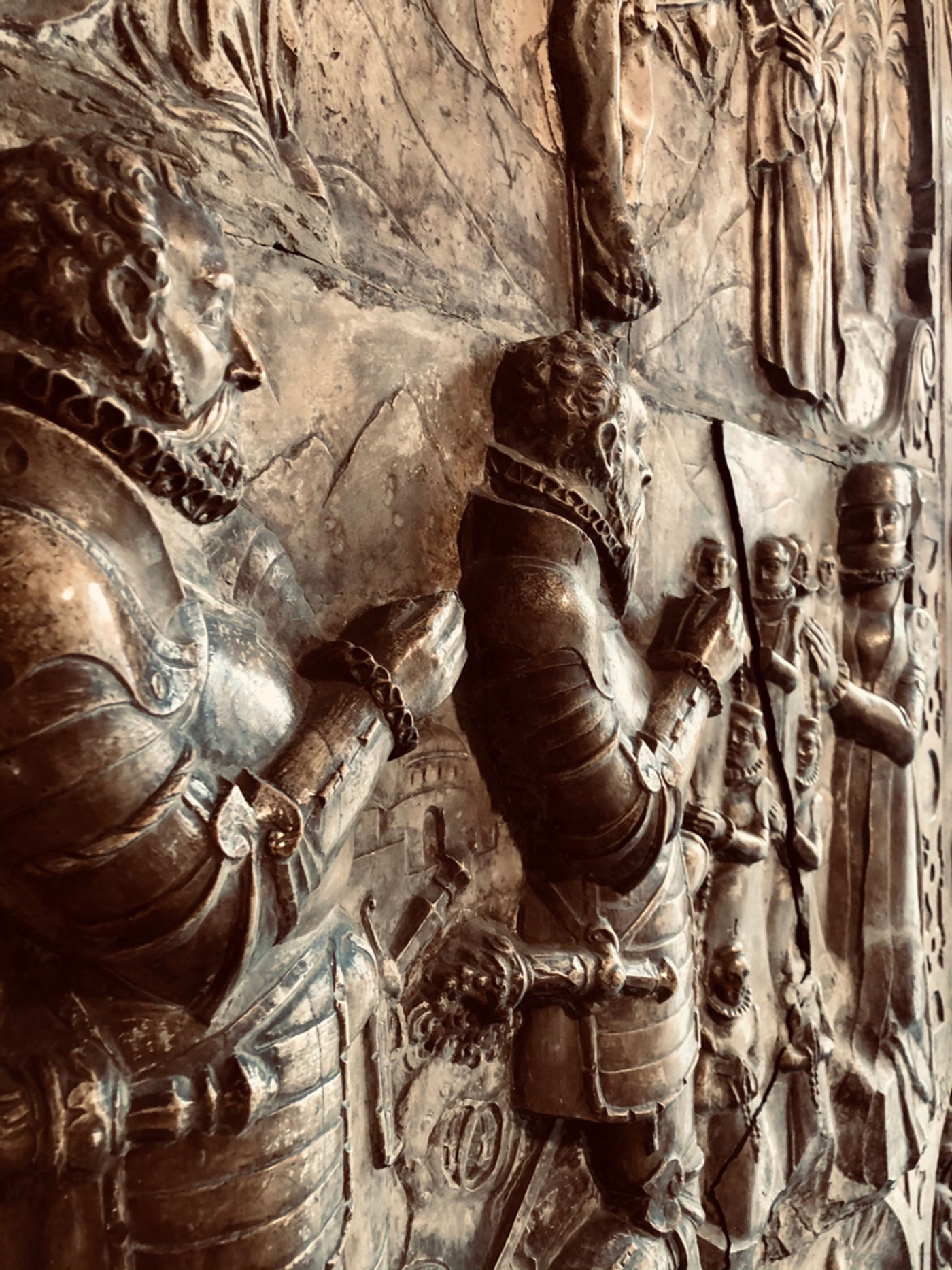Augsburg
Insights into the creative life of a genius
In 1898, the world-famous poet and dramaturge Bertolt Brecht was born in the narrow craftsman's house "Auf dem Rain 7". Brecht's birthplace is located between two Lech canals, today objects of the UNESCO World Heritage "Augsburg Water Management System". In the memorial in the Brechthaus, texts, photographs and documents provide information about Brecht's childhood and adolescence in Augsburg, his student days and his life as a writer from 1917 to 1924, Brecht's years in exile and his work after his return to Germany. A video guide with contributions from Brecht experts guides you through the life of the Augsburg native, who died in East Berlin in 1956.
The Brechthus is closed until 05.04.24 due to short-term renovation measures.
I
